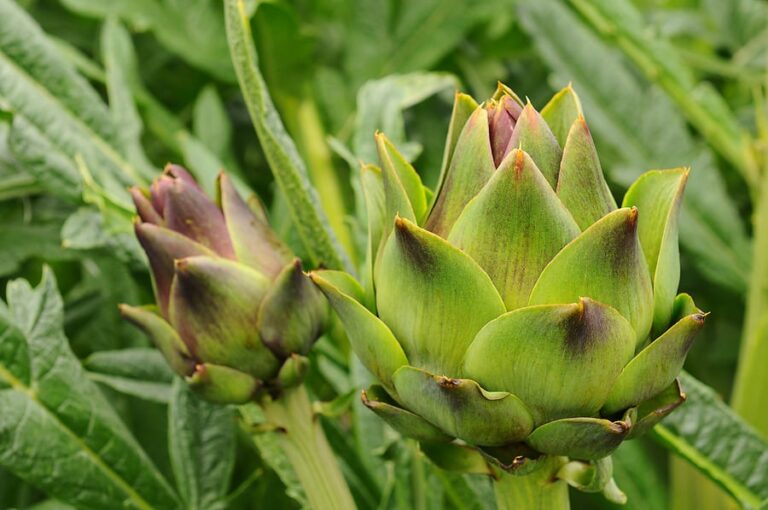How to Plant and Grow Artichokes: A Complete Guide
Artichokes are perennial plants. Artichokes prefer cool, moist summers and mild winters. The perennial artichoke plant will not survive where the ground freezes. The artichoke is an edible thistle flower bud that is eaten before it opens. Artichokes are tender perennials that grow from 3 to 4 feet (.9-1.2m) tall and to 6 feet 1.8m)…

